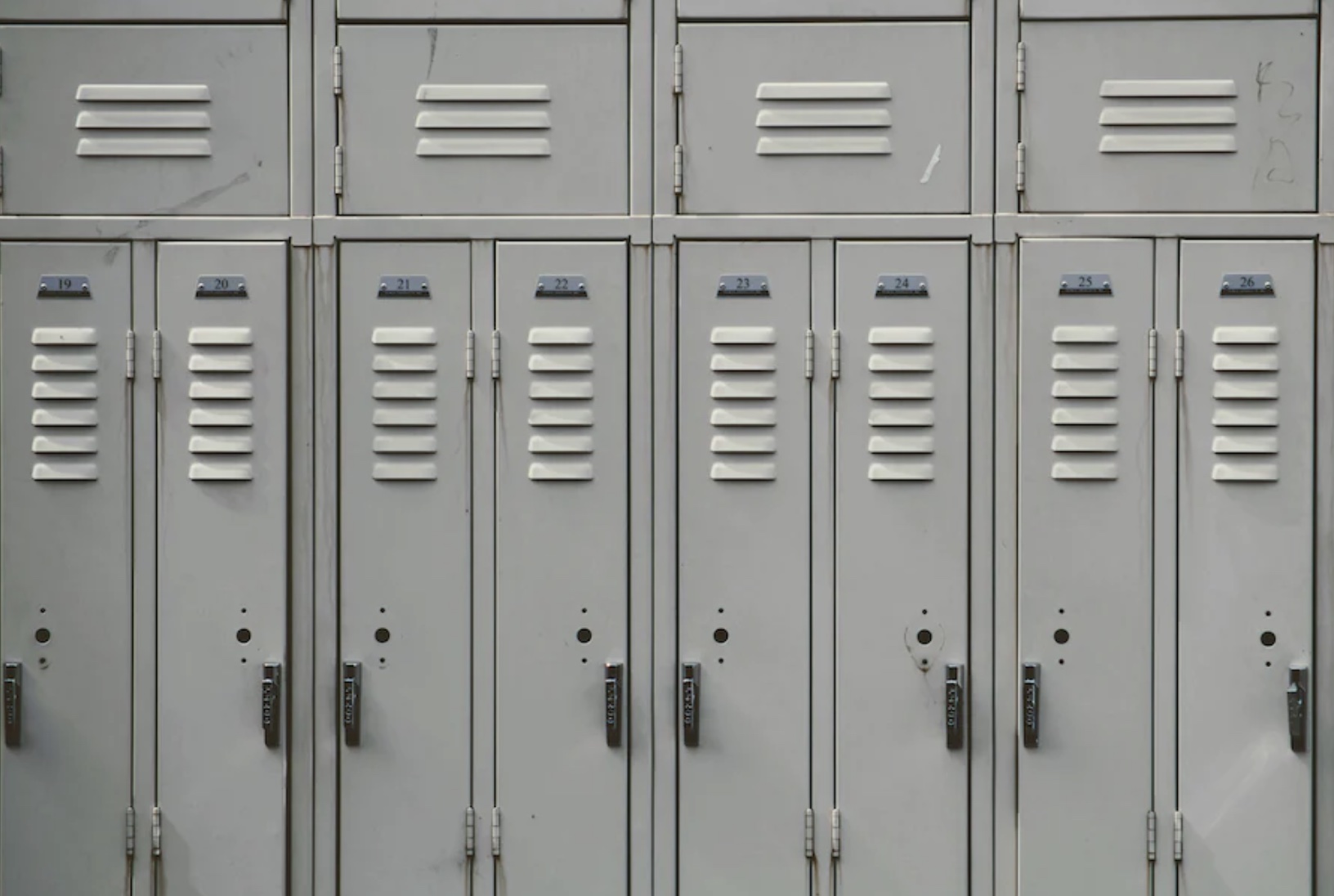Have a story idea
Have a story idea? Send it to us here.

Source : Unsplash
October 9, 2023
Author : Patty Allen
After one of the hottest summers known in American history, millions of children have returned to school for the new academic year. Looking for sustainable solutions to this problem, one solution can be seen at the K-12 level.
Schools are among the high-energy consumers in the nation. On 2 million acres of land, there are more than 130,000 K-12 schools in the US, and they use around 9% of the energy used by commercial buildings. All schools switching to clean energy would reduce carbon emissions by the same amount as shutting down 18 coal-fired power stations.
Additionally, schools can help communities become more resilient to climatically driven disasters. Their cafeterias and gyms are increasingly being used as shelters during emergencies. When power networks fail, these filters can continue providing power, light, and heating or cooling by combining solar panels with battery storage.
Several climate justice advocates have worked on campaigns to persuade school boards to switch to 100% renewable energy. Many school board members applauded them for emphasizing the advantages that renewable energy sources may provide for their communities, such as lowering carbon footprints, energy costs, and preparing for potential crises.
The second highest expense for K-12 schools in the US after employee wages is energy costs, which total $8 billion annually. When school districts invest in renewable energy, the money they save can fund classrooms and students. American schools may save $2 billion annually by using energy-saving measures. Additionally, these renovations frequently lead to better classroom comfort, lighting, and air quality, all boosting student learning.
Independent schools and certain forward-thinking school districts have already experienced significant success in the transition to sustainable energy. However, K-12 schools and districts must take greater action to address the climate catastrophe. Only 30% of district leaders claim to have a good facilities plan that considers climate change.
According to a nationally representative study by Education Week, only 4% have set goals to lower the districts' carbon footprints.
Undoubtedly, school districts are underfunded in general, and while renewable energy is cost-effective in the long run, funding the initial expenditures of installing solar panels or improving buildings' energy efficiency can be a challenge.
Fortunately, two federal laws have committed billions of dollars to accelerate the renewable energy switch.
The Inflation Reduction Act allows schools to receive direct cash incentives to finance 60% of renewable energy infrastructure projects, including solar panels, geothermal energy, and heat pumps for fossil fuel-free heating and cooling. The largest fleet of mass transportation vehicles in the US comprises school buses, and the Infrastructure Investment and Jobs Act provides $5 billion to assist in electrifying them.
The US Department of Education must be crucial in giving K -12 schools the required knowledge to take advantage of the newly granted financial resources to convert their buildings and buses to sustainable energy. The agency should ensure no detail is overlooked because it connects to school governance bodies nationwide.
Category : Federal Government Schools
